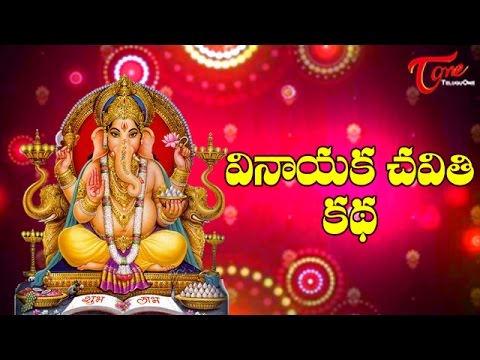

Ganesha is the younger son of Lord Shiva and Parvati.

It is believed that when the idol of the Ganesha is taken out for immersion, it also takes away with it the various obstacles of the house and these obstacles are destroyed along with the visarjan/nimajjanam (immersion).Ĭhathurthi means the fourth day (Tithi) of both waxing and waning phase of any Lunar month in the Hindu calendar. Ganesha, who is also known as the Lord of New Beginnings, is also worshipped as the Remover of Obstacles. Ganesha Gana-Esha, again referring to a Lord (Isha) of the Host/People is another name for Ganapati. Ganapati means “Lord of the people” (gana-“Host, group of people”, pati-“father, Lord”) and is also known as The festival ends on the tenth day after start, when the idol is immersed in a nearby body of water such as a river or sea, called visarjan. Prasāda including sweets such as modaka (believed to be a favourite of Lord Ganesha) are made and offered to the Lord.

The festival is marked with the installation of Lord Ganesh’s clay murtis (idols) in homes and Puja is performed with the chanting of Vedic hymns, prayers, vrata (fasting). Ganesh Chaturthi, also known as Vinayaka Chaturthi, or Vinayaka Chaviti is a Hindu festival celebrating the arrival of Lord Ganesh to earth from Kailash Parvat with his mother Goddess Parvati/Gauri.


 0 kommentar(er)
0 kommentar(er)
